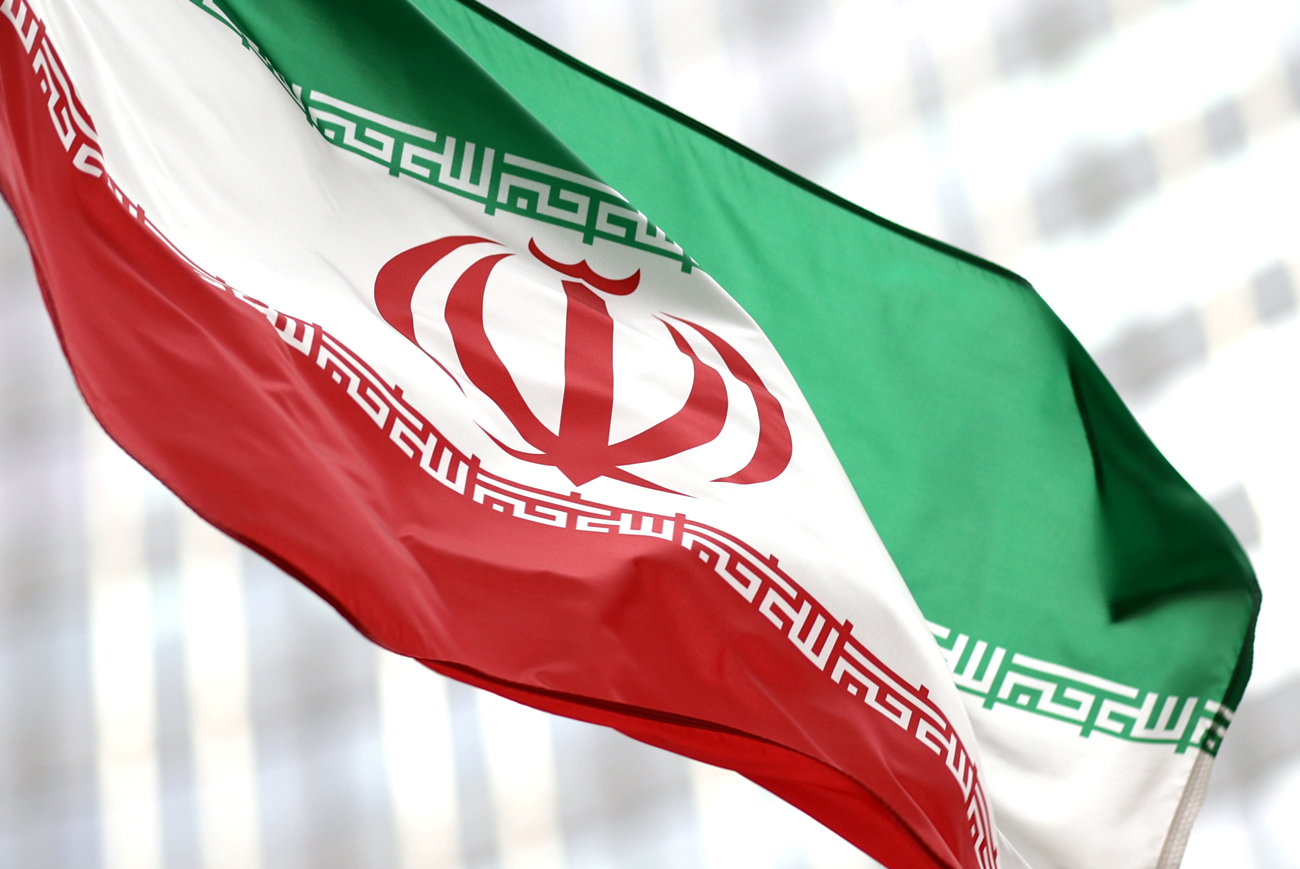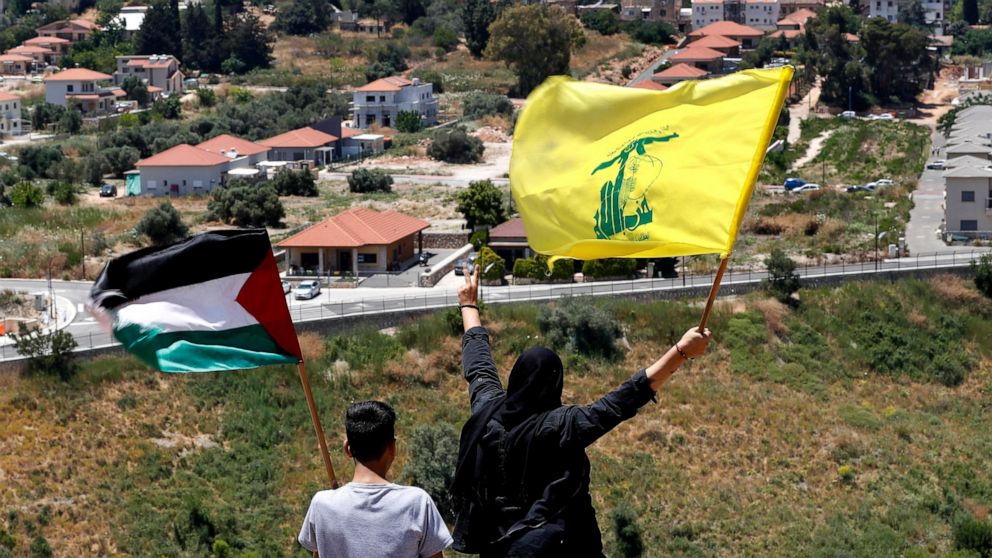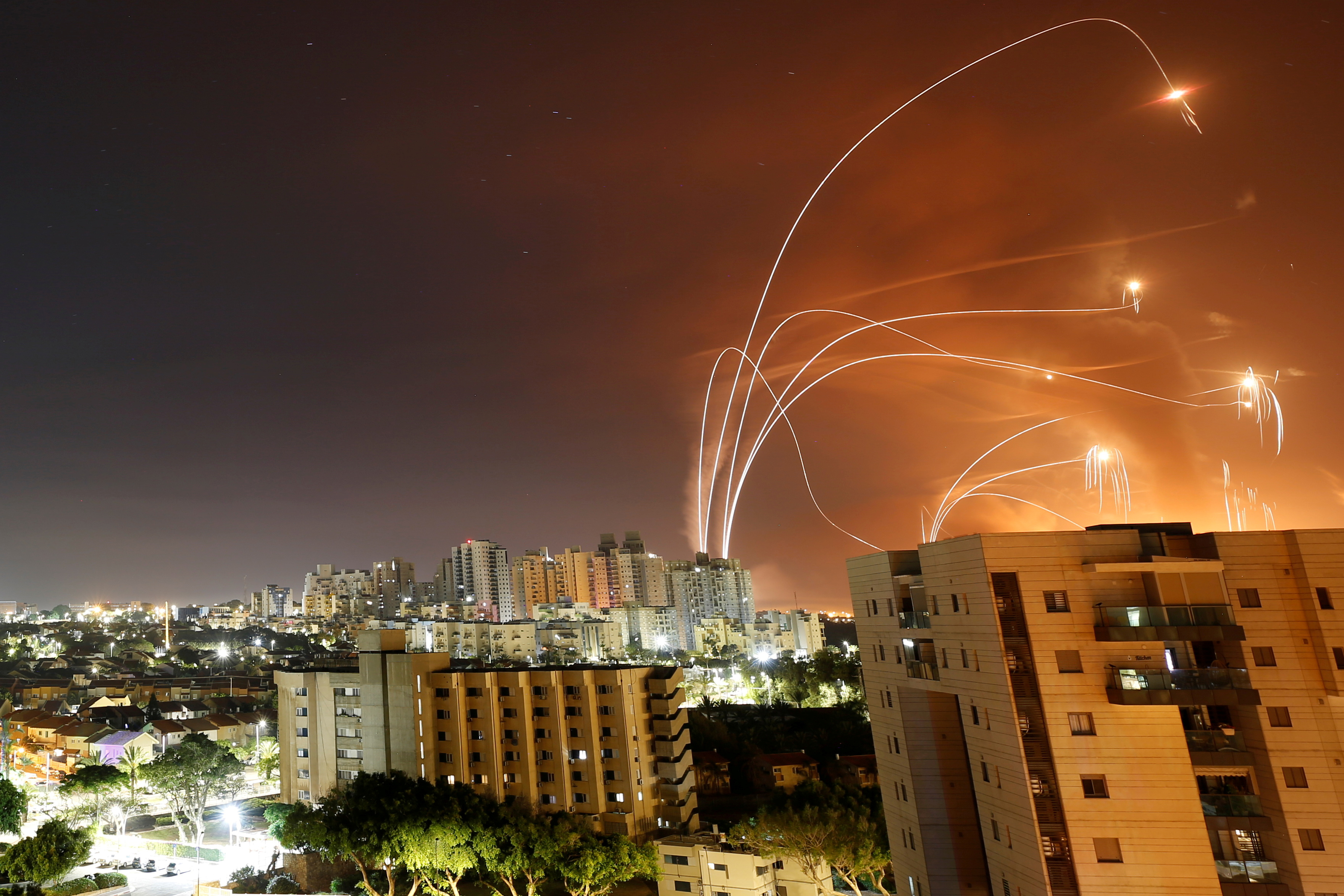A Military Assessment of the Israel-Hamas Conflict
by
Grant Rumley,
Neri Zilber
May 25, 2021
About the Authors
Grant Rumley
Grant Rumley is a senior fellow at the Washington Institute for Near East Policy, where he specializes in military and security affairs in the Middle East.
Neri Zilber
Neri Zilber, a journalist and analyst on Middle East politics and culture, is an adjunct fellow of The Washington Institute.
Brief Analysis
Both sides employed new methods in this round, and while Israel’s were more effective in military terms, the true measure of success will depend on how quickly Hamas can rebuild its warfighting capabilities and exploit any political gains.
After eleven days of fighting, Israel and Hamas have agreed to a ceasefire in Gaza under Egyptian auspices. By most measures, this round of escalation was the worst since 2014. Over 240 Palestinians and 12 Israelis were reportedly killed; the Israel Defense Forces (IDF) also maintain that at least 200 Gazan militants were killed, including 25 senior Hamas commanders.
Whereas previous confrontations were
driven by Hamas demands for economic relief or a loosening of Israeli restrictions around Gaza, this round was fueled by the group’s apparent desire to
assert its leadership over the Palestinian cause. On the heels of canceled legislative elections and Jerusalem protests, Hamas saw an opportunity to cast itself as the holy city’s protector at the expense of its Fatah rivals. And once intercommunal unrest and clashes broke out inside Israel and the West Bank, the group believed it had a chance to enflame the entire Palestinian arena.
The military showdown began when Hamas fired rockets at Jerusalem on May 10. In response, Israel sought to severely degrade the military capabilities of both Hamas and Palestinian Islamic Jihad (PIJ) in order to restore long-term deterrence and relative quiet on its southern flank. To achieve these objectives, the IDF’s “Operation Guardian of the Walls” employed a more aggressive approach than previous rounds of fighting. Israel now aims to prevent Hamas from rearming, though how it will square that goal with Gaza’s urgent humanitarian needs
remains an open question. For their part, Gaza militants also employed their forces in novel ways, with mixed results.
Hamas/PIJ Tactical Changes
Hamas and PIJ used their extensive arsenals to fire rockets at an unprecedented pace and range, often launching dozens at a time at the same target from different locations in Gaza in an attempt to saturate Israel’s Iron Dome defense system. This included constant barrages against the greater Tel Aviv metropolitan area, particularly during the first week of hostilities. In all, 4,300 rockets were launched (of which over 600 fell in Gaza). Over eleven days of conflict, this averages out to around 390 launches daily, compared to approximately 650 total rockets fired over twenty-two days in 2008-2009 (29 per day), 1,500 over eight days in 2012 (187 per day), and more than 4,500 spread out over fifty days in 2014 (90 per day).
This saturation tactic achieved only limited success, however, since improvements to Iron Dome largely negated the heavier barrages. According to the IDF, the system maintained a 90 percent interception rate against rockets headed to Israeli population centers—comparable to (if not slightly better than) previous rounds that involved lighter fire. Militant efforts to target strategic infrastructure (e.g., offshore natural gas platforms; the Dimona nuclear facility) failed as well. The sole exception was an early strike that hit a gas pipeline near Ashkelon. Strikes against Israel’s two largest airports did not find their mark either, though many foreign flights were canceled or rerouted, and Ben Gurion International was sporadically closed.
Other Hamas efforts to achieve tactical surprise were almost wholly unsuccessful. Various unmanned aerial vehicles were rigged up to drop bombs or act as suicide drones, but Israeli air defenses shot them down. Small, unmanned submarines were laden with up to 30 kilograms of ordnance in order to target ships and gas platforms, but the Israeli Navy and Air Force destroyed them just prior to launch. Hamas special forces (“Nukhba”) attempted to infiltrate Israel via cross-border tunnels, but they were detected by intelligence assets, barred by an extensive underground concrete barrier, and interdicted by airstrikes. The group’s only nominal operational success came through its deployment of antitank missile squads, who on three occasions fired at Israeli civilians and military personnel in the Gaza border region, killing one soldier.
Hamas also issued direct calls for Arab Israelis and West Bank Palestinians to join the fighting, which helped fuel unprecedented popular unrest inside Israel. This violence was ultimately contained through a massive Israeli police and Shin Bet operation at home, as well as a near doubling of IDF battalions in the West Bank. Ongoing security coordination between Israel and the Palestinian Authority also helped maintain stability. Yet while the situation did not turn into a complete uprising like Hamas had hoped, the fact that the group was able to connect the fighting in Gaza with the wider Palestinian arena could have major strategic implications should hostilities break out again.
Israeli Operational and Tactical Changes
Israel introduced new tactics and operational concepts based on a plan developed by the former head of IDF Southern Command, Maj. Gen. Herzi Halevy. A component of the IDF “Victory Doctrine” recently instituted by Chief of Staff Lt. Gen. Aviv Kochavi, the new plan for any Gaza conflict was to bring mass firepower to bear through the coordination of the joint forces, and to do so faster and with more pinpoint intelligence than previously seen, all toward the goal of overwhelming the enemy and quickly restoring long-term deterrence. Israeli strategists have also made clear that the severe response toward Hamas was at least partly intended to deter Hezbollah and Iran from any future, similar aggression.
Toward these ends, the IDF showed an immediate willingness to target senior militant commanders in their homes and installations, including brigade commanders and rocket specialists. It also targeted certain multistory buildings, arguing that they
were being used for intelligence, weapons R&D, and command-and-control purposes. These latter targets were given advance warning and evacuated ahead of airstrikes; according to the IDF, Hamas used this time to remove technological equipment (e.g., hard drives).
The IDF also maintains that airstrikes and other operations severely degraded Hamas and PIJ’s domestic rocket production ability, though the true extent of the damage will be measured by how quickly militants can reconstitute their workshops and other program components. Prior to the hostilities, the IDF estimated that the two groups had approximately 13,000-15,000 rockets in their combined arsenal, the vast majority produced locally.
In addition, Israel made a concerted effort to cripple Hamas’s extensive tunnel system inside Gaza, not just cross-border attack tunnels as in 2014. This system—which Israeli officials dub “the metro” and describe as hundreds of kilometers in length—is the linchpin of the group’s entire warfighting concept, used to rapidly deploy Hamas fighters and rockets underground for both offensive and defensive operations. Israeli officials report that over multiple days, airstrikes destroyed some 100 kilometers of this network, though here, too, the true extent of the damage can only be assessed in the future.
More broadly, the IDF order of battle was sufficient to handle threats on multiple fronts—Gaza, the West Bank, and sporadic rocket fire from Lebanon and Syria. Only around 7,000 IDF reservists had to be called up, primarily to support intelligence and Iron Dome capabilities. Yet containing the unrest inside Israel required the Border Police to call up twenty platoons’ worth of reservists, buttressing the nine companies redeployed from the West Bank (which shifted from IDF command to national police command once back inside Israel).
Strategic Implications
As in previous rounds, Israel and Hamas will almost assuredly try to spin their military achievements into larger strategic gains. Hamas’s gains will be especially difficult to quantify this time because its objectives were largely political. Some of the consequences are clear—Hamas once again went toe-to-toe with the Middle East’s strongest military and survived, launched rockets at a greater rate and range than any other Israeli adversary, upended daily life in Israel as far north as Netanya, and likely boosted its status among many Arab Israelis and West Bank Palestinians. Yet the group also demonstrated its usual willingness to sacrifice the welfare of Gazans in order to advance its own objectives.
Now that a ceasefire has been reached, the
international pressure for reconstruction will likely be immense. What is less certain, however, is whether Israel will acquiesce to loosening restrictions on materials entering Gaza as it did after the 2014 conflict. Hamas has visibly improved its military capabilities following every round of fighting, so Israel
may no longer be willing to maintain its “quiet for quiet” policy in Gaza if doing so allows the group to once again build up its capabilities unchecked. As Prime Minister Binyamin Netanyahu vowed, “What was in the past will no longer be in the future.”
In short, the prospect of another round of fighting remains the same as it did after 2009, 2012, and 2014, barring a fundamental change in Gaza’s balance of power. Israel and other parties may therefore wind up judging the success or failure of this operation based on how many years it delays another war.
Grant Rumley is a senior fellow at The Washington Institute. Neri Zilber is a journalist based in Tel Aviv and an adjunct fellow with the Institute.
Posted for fair use
Both sides employed new methods in this round, and while Israel’s were more effective in military terms, the true measure of success will depend on how quickly Hamas can rebuild its warfighting capabilities and exploit any political gains.

www.washingtoninstitute.org



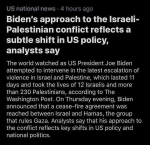


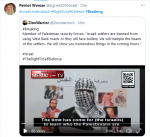
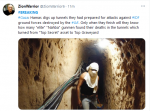


 ) running things. I'm sure that doesn't inspire confidence in the leadership in Israel.
) running things. I'm sure that doesn't inspire confidence in the leadership in Israel.

